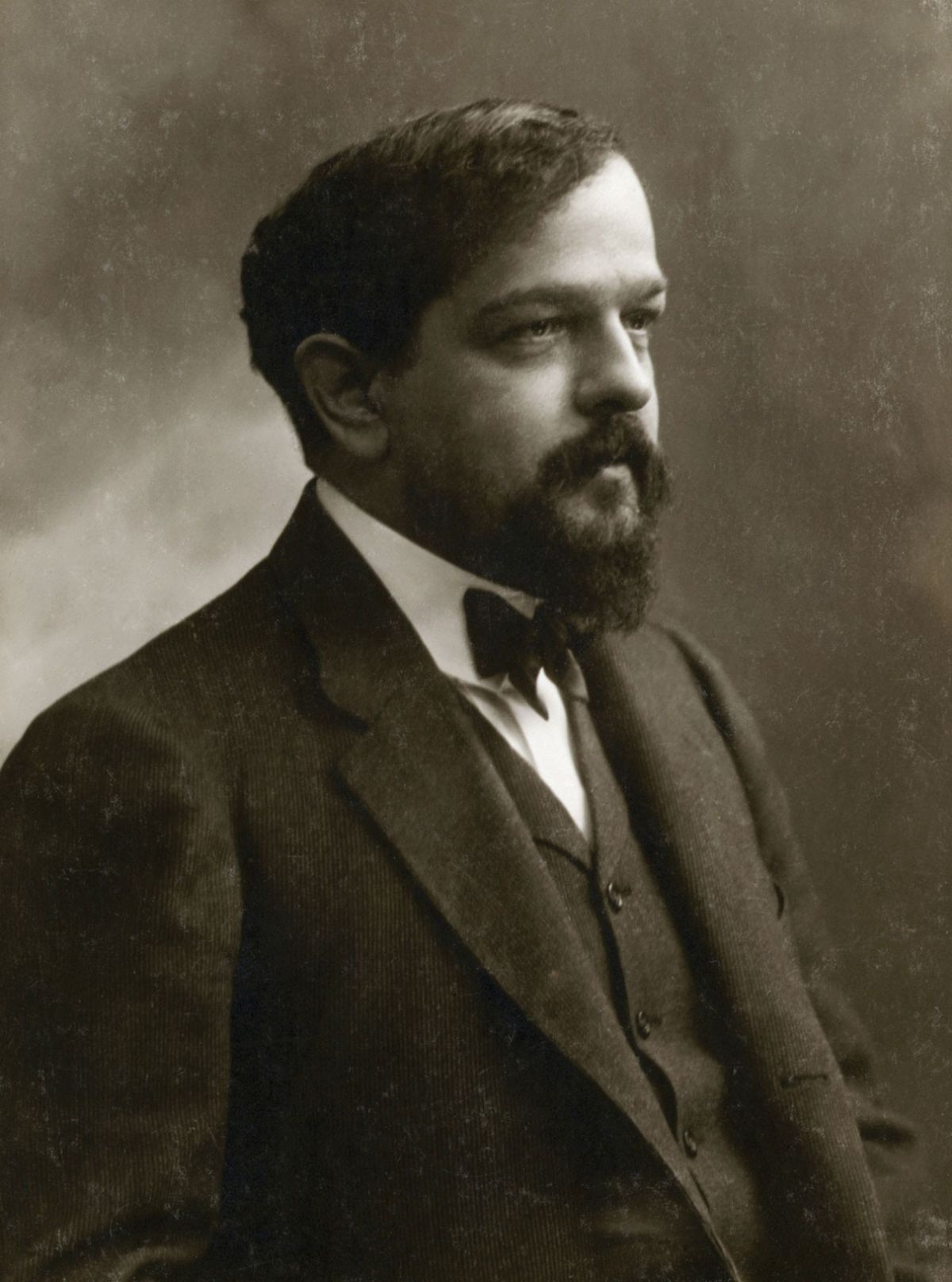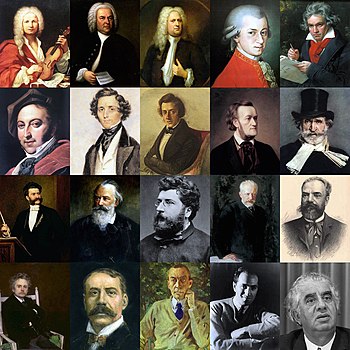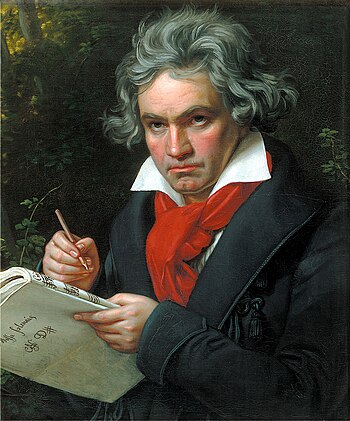 |
| A prehistoric flute made of bone (Photo credit: Wikipedia) |
Exhumed from a cave in Germany, the existence of this flute indicates that the people of that civilization had a good taste for music. Probably by now, you will be able to imagine how one of the first inhabitants of Europe used to enjoy the sound of the flute and drums by dancing around a campfire. As told by the archeologists, the flute is around 35,000 years old. But no real surprises there, as every civilization has a history of music. The way music is widespread today; there is no question to its prevalence back in the ancient times.
Moreover, you would not disagree with the fact that music probably has its roots even in ancient times which are not a part of recorded history. However, the discovery of this flute reveals that this was the first time when people started making musical instruments that can last for a long time. And as you can see, they were more than successful in their attempt.
Obviously, this cave was inhabited for millenniums otherwise it would not have provided such a clear view of the past civilizations. The cave protected the artifacts of the past quite well. Or else, how could you have possibly imagined a flute lying in the depths of the cave in a nearly original form for almost 35,000 years? Well, the idea seems quite perplexing. But all thanks to the excavation technology, today's archeologists have been able to get hold of a great piece of archeology.
Interestingly, the cave from where this instrument was excavated was the same from where a 40,000 year Venus statuette was found. For all those readers, this statuette is the oldest known sculpture of a female form. Besides this, the cave also had other beautiful artifacts including inscriptions and carvings. Various carvings of a horse's or bear's head; a water bird in flight; and other chimera forms of human and lion give an insight into the artistic taste of those people during that time.
This is not all, as another restructured form of the same flute was found further deep into the cave. Sadly, this one was found in 12 pieces buried under the floor of the cave. It is also believed that the cave will unleash more archeological assets in future that will surely leave one wide-eyed with excitement.
|










